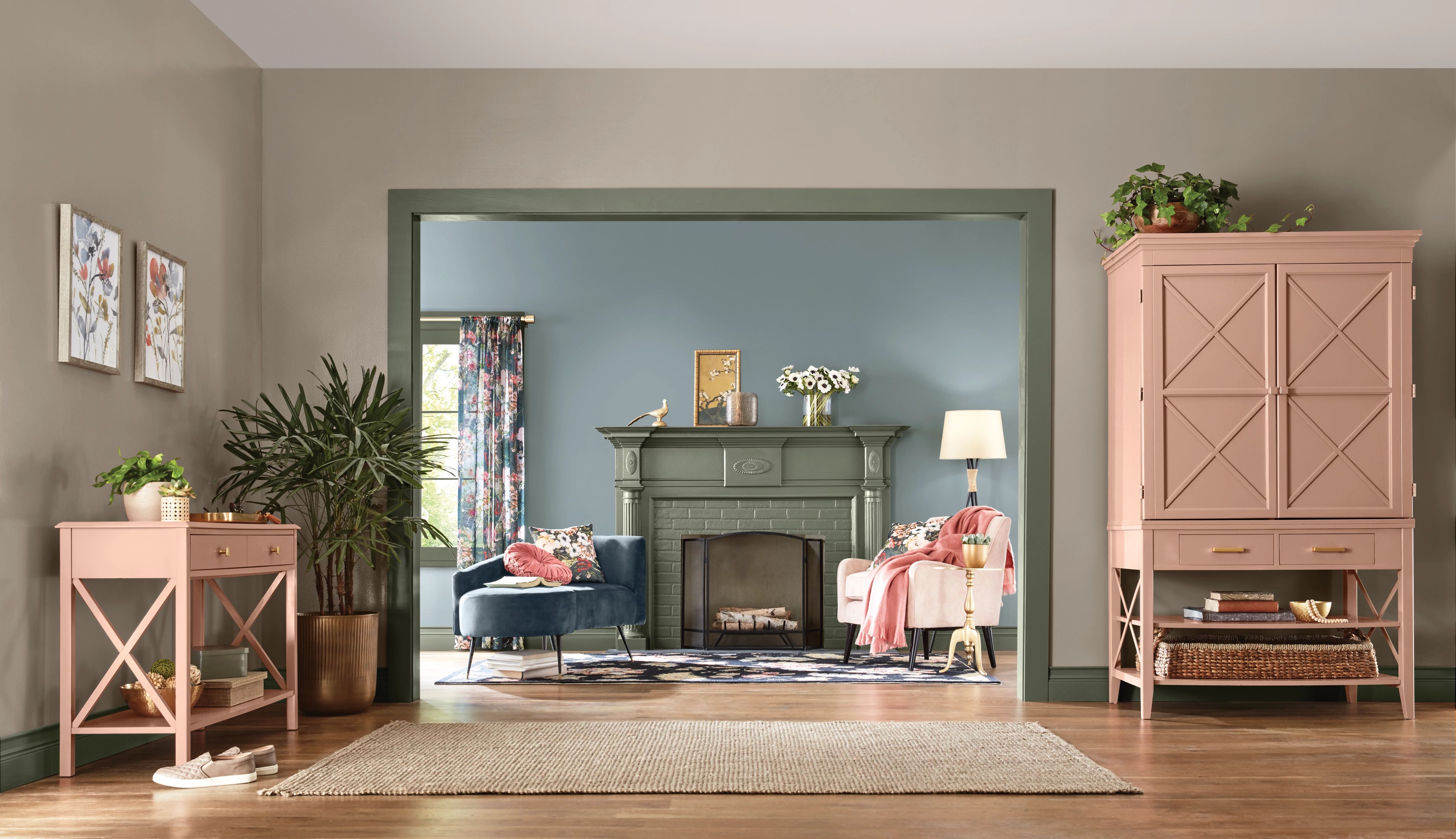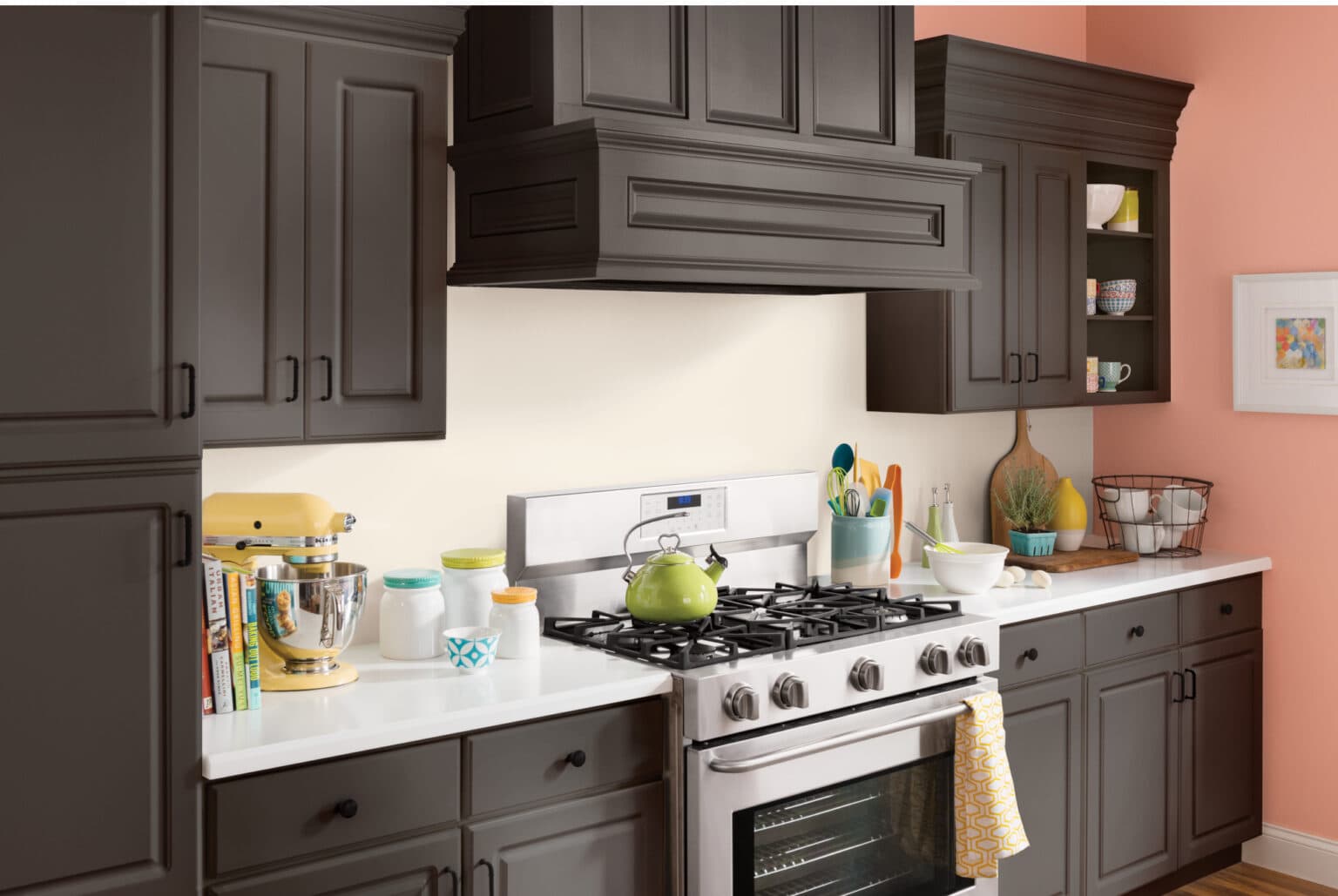Historical Context of Dutch Boy Paints and Cabinetry

Dutch Boy paints and American cabinetry share a fascinating intertwined history, a colorful narrative spanning much of the 20th century. From the post-war boom to the stylistic shifts of later decades, the choices in paint and cabinet design reflect broader societal trends and evolving aesthetic preferences. This exploration delves into that rich tapestry, revealing how these seemingly disparate elements painted a vivid picture of American home life.
Dutch boy cabinet and trim paint – Dutch Boy, with its iconic lead-based paints (later reformulated for safety), became a household name synonymous with home improvement. Its advertising campaigns, often featuring cheerful, relatable families, effectively linked the brand with the aspirational dream of homeownership and the pride of a well-maintained house. This strong brand recognition influenced the colors and finishes chosen for countless homes, subtly shaping the aesthetic landscape of American interiors. The rise of Dutch Boy coincided with a period of significant change in home construction and design, leading to a complex interplay between paint choices and the evolving styles of cabinetry.
Evolution of Dutch Boy Paints in Home Improvement
Dutch Boy’s journey mirrors the changing tastes and technologies of the 20th century. Initially, its lead-based paints, while potentially hazardous, offered vibrant, long-lasting colors. The post-World War II housing boom saw an explosion in home construction, and Dutch Boy paints were integral to this expansion. The company’s marketing effectively positioned its products as essential tools for creating the “American Dream” home. As concerns about lead paint emerged, Dutch Boy adapted, transitioning to safer, water-based alternatives while maintaining its market dominance through innovation and consistent branding. The company’s evolution reflects not only technological advancements but also a growing awareness of environmental and health concerns.
Cabinetry Styles and Dutch Boy Paint Palettes
The mid-century modern era, for instance, favored clean lines and functionality. This aesthetic often paired with Dutch Boy’s lighter, brighter palettes – think cheerful yellows, soft greens, and crisp whites – reflecting the optimism of the time. In contrast, the more traditional styles prevalent in earlier decades, like Arts & Crafts or Victorian, might have used Dutch Boy’s earthier tones – deep browns, rich creams, and muted greens – to complement the darker woods and intricate detailing common in those designs. The interplay between paint color and cabinet style created a cohesive look that spoke to the period’s design sensibilities.
Timeline of Dutch Boy Paint and Cabinet Design Trends
The following table illustrates the fascinating interplay between Dutch Boy paint trends and the dominant cabinetry styles throughout various decades of the 20th century. It highlights how color choices reflected and, in some cases, even influenced the evolution of home design.
| Decade | Popular Cabinet Style | Predominant Dutch Boy Paint Colors | Notable Design Features |
|---|---|---|---|
| 1930s-1940s | Arts & Crafts, Traditional | Deep browns, creams, muted greens | Intricate detailing, dark wood stains, built-in shelving |
| 1950s-1960s | Mid-Century Modern | Light yellows, soft greens, crisp whites | Clean lines, simple designs, light-colored woods |
| 1970s | Ranch Style, Early Contemporary | Earthy tones, avocado green, harvest gold | Open floor plans, wood paneling, built-in appliances |
| 1980s-1990s | Traditional Revival, Victorian Influences | Off-whites, pastels, bolder accent colors | Detailed moldings, raised panel doors, decorative hardware |
Practical Applications of Dutch Boy Paints on Cabinets: Dutch Boy Cabinet And Trim Paint

Transforming your kitchen cabinets with a fresh coat of paint can dramatically update your space, and Dutch Boy paints offer a fantastic range of options for achieving a professional-looking finish. From prepping the surface to the final flourish, we’ll guide you through the process, ensuring your cabinets look like a million bucks (or at least, a very happy few hundred!).
Choosing the right Dutch Boy paint is crucial for a long-lasting, beautiful finish. Factors like cabinet material (wood, MDF, etc.) and the desired sheen (matte, semi-gloss, high-gloss) will influence your selection. We’ll break down the differences between their various paint lines, highlighting their durability and longevity, so you can make an informed decision.
Selecting Appropriate Dutch Boy Paint Types
Cabinet material dictates paint choice. For example, hardwood cabinets might benefit from a premium enamel paint for a durable, high-gloss finish, while MDF cabinets might be better suited to a semi-gloss paint that hides imperfections more effectively. Dutch Boy offers a variety of sheens – from matte for a subtle, sophisticated look to high-gloss for a dramatic, modern feel. Consider the overall style of your kitchen when making your selection. A high-gloss finish will show imperfections more readily, demanding a higher level of surface preparation.
Surface Preparation: The Foundation of a Perfect Paint Job
Proper surface preparation is key to a long-lasting, beautiful finish. This isn’t just about aesthetics; it’s about ensuring the paint adheres properly and doesn’t peel or chip. This involves several steps:
- Cleaning: Thoroughly clean the cabinets with a degreaser to remove any grease, grime, or old wax. A simple solution of warm water and mild dish soap often suffices. Allow to dry completely.
- Sanding: Lightly sand the cabinet surfaces with fine-grit sandpaper (180-220 grit) to create a smooth surface and help the primer adhere better. Focus on any imperfections or uneven areas. Wipe away sanding dust with a tack cloth.
- Repairing: Fill any cracks or holes with wood filler, allowing it to dry completely before sanding smooth. Caulk any gaps between cabinet doors and frames for a professional finish.
- Priming: Apply a high-quality primer specifically designed for cabinets. This will seal the wood, prevent bleed-through from stains or knots, and provide a better base for the topcoat. Allow the primer to dry completely according to the manufacturer’s instructions.
Painting Techniques for a Professional Finish, Dutch boy cabinet and trim paint
The application method significantly impacts the final result. Here’s a visual guide (in words, as requested!):
- Step 1: Prep your paint. Stir the paint thoroughly to ensure even consistency. Pour a small amount into a paint tray.
- Step 2: Load your brush. Dip the brush about 1/3 of the way into the paint. Tap the brush gently against the side of the tray to remove excess paint. This prevents drips and ensures even coverage.
- Step 3: Apply even strokes. Using long, smooth strokes, apply the paint in the direction of the wood grain. Avoid overlapping strokes excessively, as this can cause brush marks. For cabinet doors, start at the top and work your way down.
- Step 4: Multiple coats. Apply thin, even coats rather than thick ones. Allow each coat to dry completely before applying the next. Two coats are usually sufficient for a rich, opaque finish.
- Step 5: Clean up. Immediately clean your brushes and equipment with the appropriate thinner or solvent specified on the paint can.
Durability and Longevity of Dutch Boy Paint Lines on Cabinets
Dutch Boy’s different paint lines offer varying degrees of durability and longevity. Their premium lines, typically enamel paints, are designed for high-traffic areas and offer superior resistance to scratches, chipping, and fading. These would be ideal for kitchen cabinets, especially in high-use areas. Less expensive lines might be suitable for less demanding areas, but may require more frequent repainting. Always check the product label for specific durability claims and warranty information.
